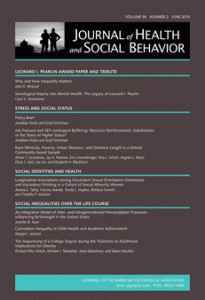“To our horror”: Widely reported study suggesting divorce is more likely when wives fall ill gets axed
A widely reported finding that the risk of divorce increases when wives fall ill — but not when men do — is invalid, thanks to a short string of mistaken coding that negates the original conclusions, published in the March issue of the Journal of Health and Social Behavior.
The paper, “In Sickness and in Health? Physical Illness as a Risk Factor for Marital Dissolution in Later Life,” garnered coverage in many news outlets, including The Washington Post, New York magazine’s The Science of Us blog, The Huffington Post, and the UK’s Daily Mail .
But an error in a single line of the coding that analyzed the data means the conclusions in the paper — and all the news stories about those conclusions — are “more nuanced,” according to first author Amelia Karraker, an assistant professor at Iowa State University.
…
